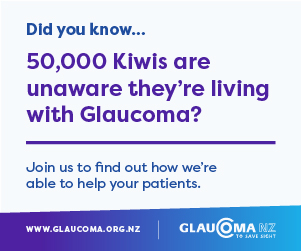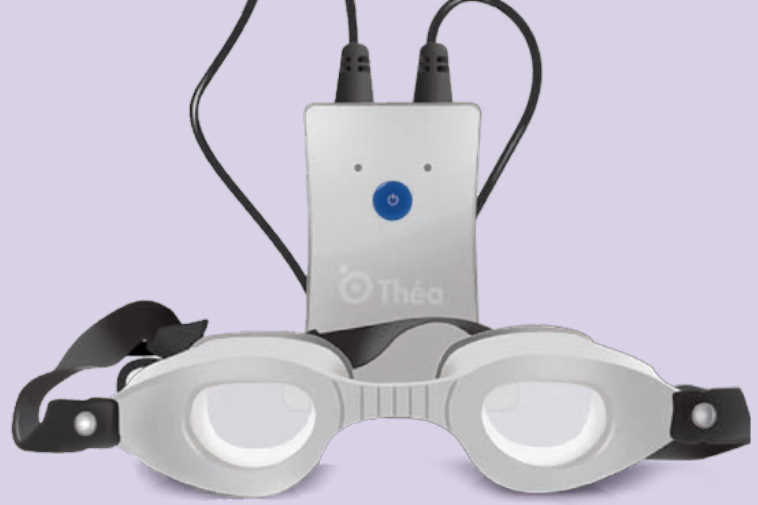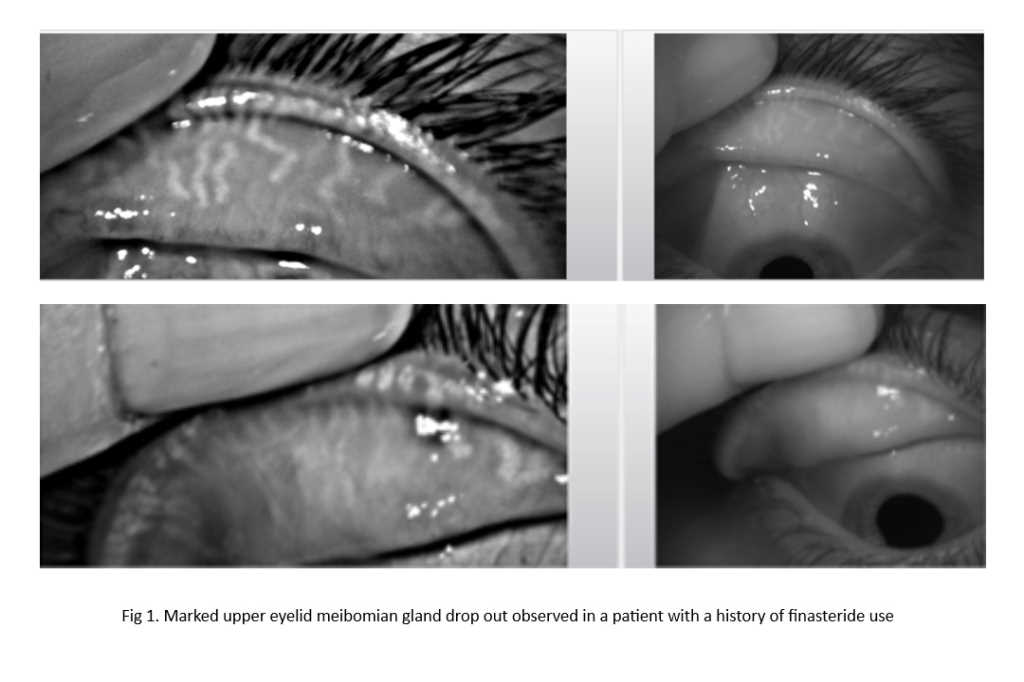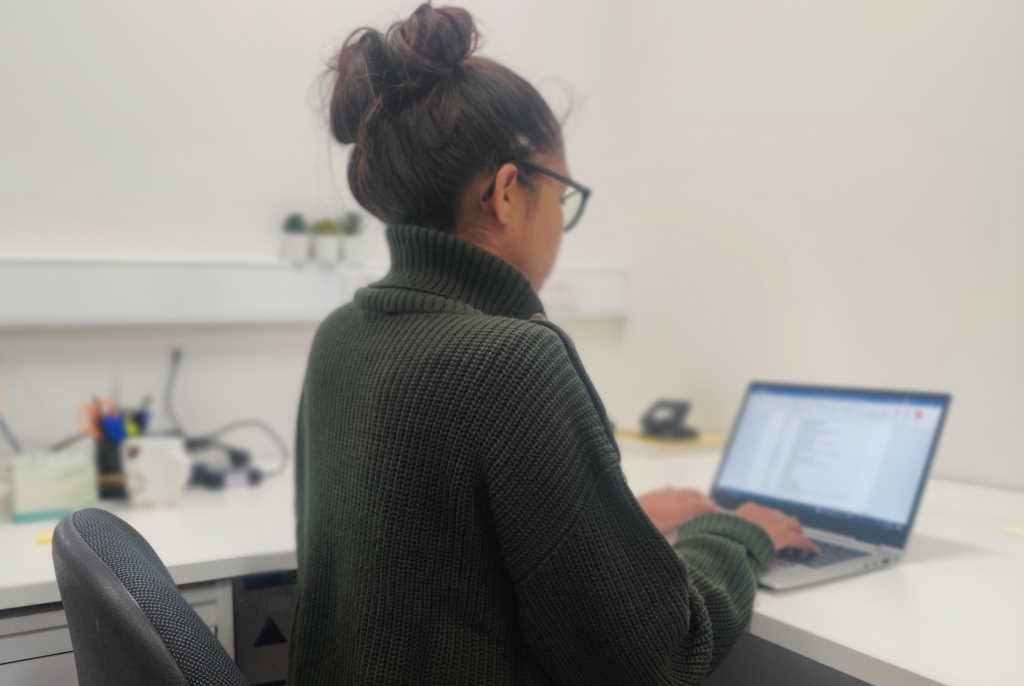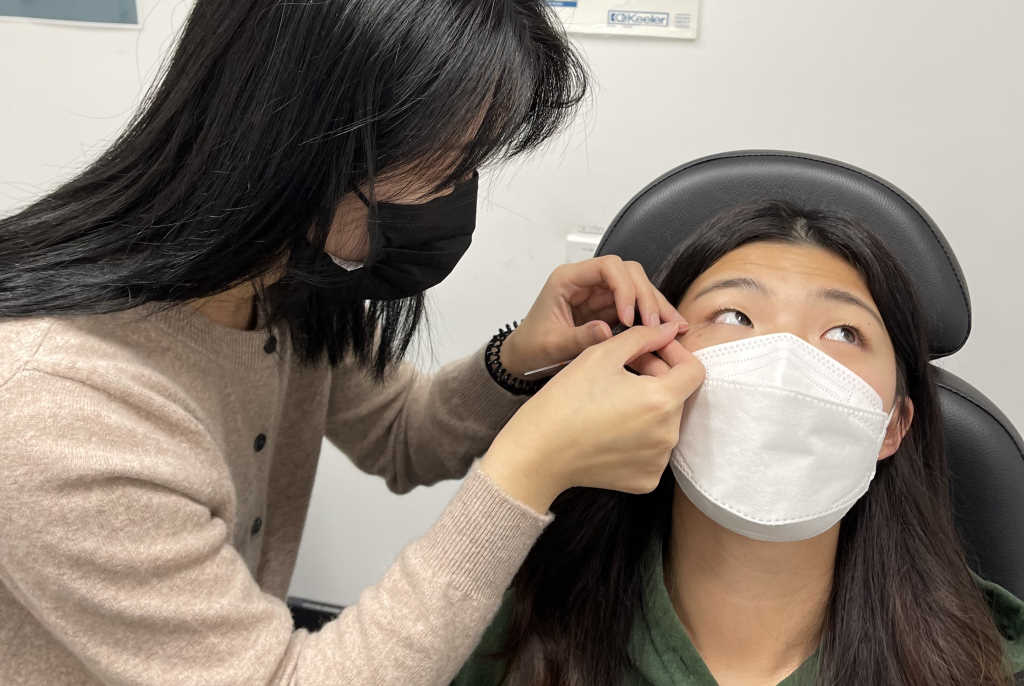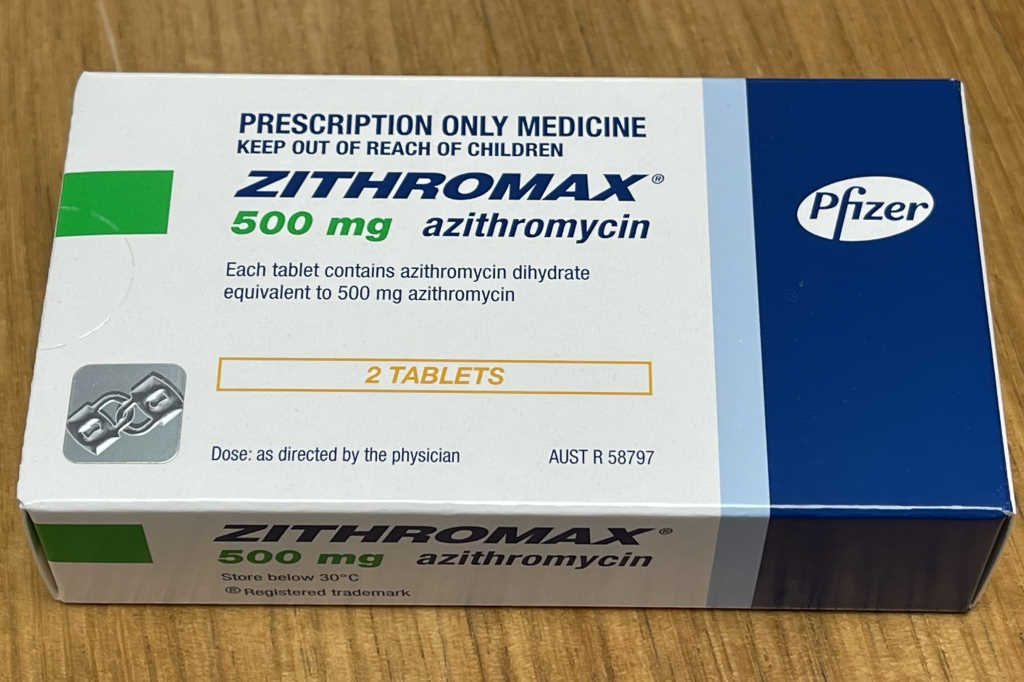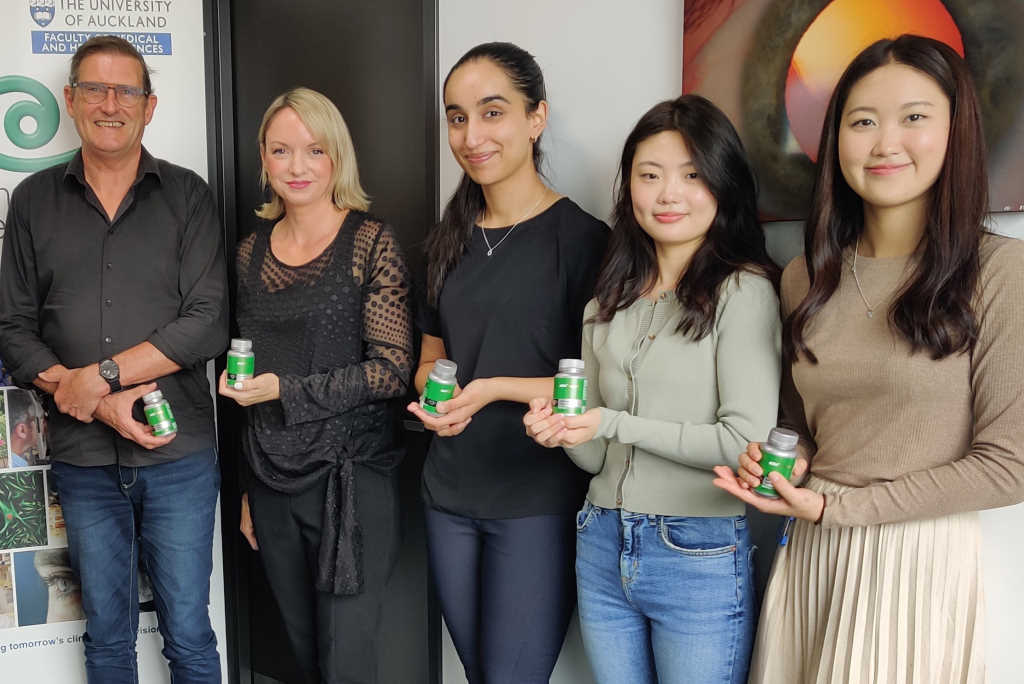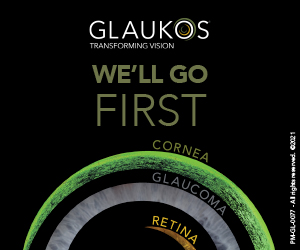Eyelid steaming to improve gland function
Eyelid warming is a fundamental feature of many therapies that help restore homeostasis in meibomian gland dysfunction (MGD). Heat melts otherwise inspissated oils and encourages outflow of meibum onto the lid margin to augment and stabilise the tear film lipid layer.
One method of applying heat to the eyelids is using moist air from dedicated chambered warm devices, with one of the more common commercial devices being the Blephasteam (Théa, France). A recently published international collaborative review led by Morten Magnø, a medical student researcher at the University of Oslo, Norway, supervised by Professor Tor Paaske Utheim and Dr Jelle Vehof, to which the OSL was invited to contribute, critically appraised the current literature on such devices for their safety and efficacy in treating MGD.
There were 18 relevant articles evaluating short- or long-term application of chambered warm moist air eyelid-warming devices. Eyelid temperature was confirmed to increase and symptoms, lipid layer thickness and tear film breakup time (TBUT) were improved even with a single application. Longer-term therapeutic studies demonstrated improved TBUT and symptom scores with steam-based devices, although only one randomised controlled trial (RCT) directly compared chambered steam-based heat to hot towel treatment, showing no difference between the groups in the proportion of participants reporting improved symptoms after one month of treatment.
The conclusion was that therapeutic increases in eyelid temperature can be safely and effectively achieved using chambered warm moist air eyelid-warming devices, although their effectiveness, relative to other eyelid-warming treatments, remains to be seen. As with many treatments for dry eye, there’s a need for more carefully conducted randomised controlled trials to establish the full extent of benefits possible, and to assist clinicians in targeting patient groups in terms of their presenting-dry eye severity and subtype most likely to benefit from this treatment modality.

Professor Jennifer Craig heads the Ocular Surface Laboratory (OSL) at the University of Auckland’s Department of Ophthalmology.








